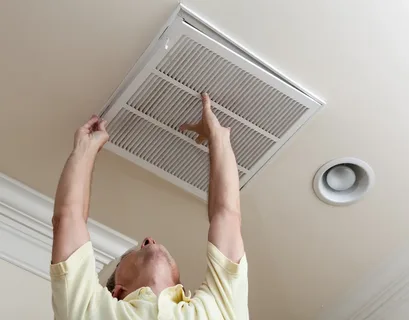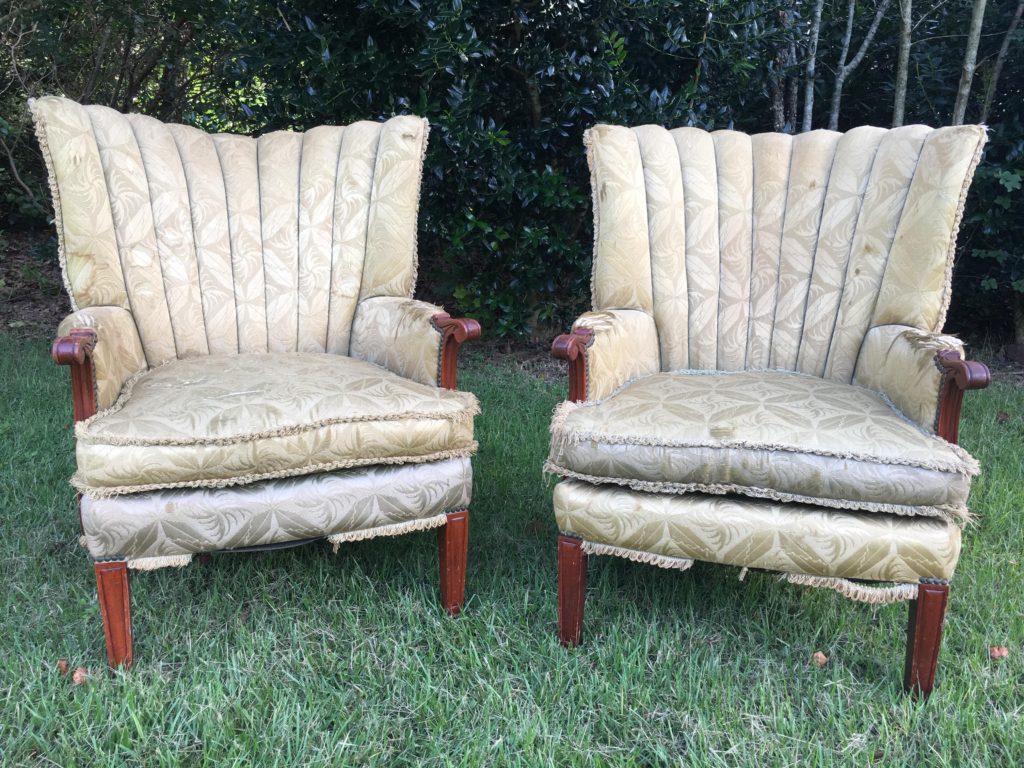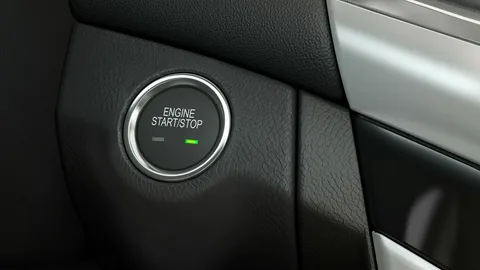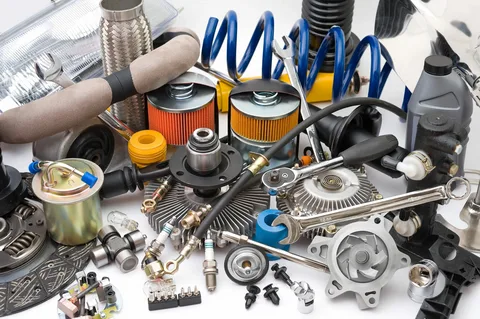When it comes to the air ventilation system in your home, ensuring efficiency and proper maintenance is crucial for the health and comfort of your household. A residential ventilation system helps to circulate fresh air throughout your home, remove stale air, and control indoor humidity levels. In this blog post, we will discuss 12 maintenance tips to keep your Home Ventilation System running smoothly and efficiently.
Understanding Your System
To maintain your residential ventilation system effectively, it’s essential to grasp its components and how they function together. This knowledge enables you to identify potential issues before they escalate and understand the maintenance each part requires. Please familiarise yourself with the different elements, such as the ductwork, filters, and outdoor unit, along with their roles within the system. Recognising the type of system installed in your home (e.g., mechanical, exhaust, balanced) and its operational requirements will significantly aid in its upkeep and optimisation for your specific living environment.
Regular Filter Changes
Maintaining the filters in your home’s ventilation system is paramount to preserving air quality and the unit’s overall efficiency. Over time, filters can become saturated with dust, pollen, and other airborne particles, reducing airflow and forcing the system to work harder than necessary. This compromises the air quality within your dwelling and can lead to increased energy costs and unnecessary strain on the system. Inspecting your filters every month, particularly during periods of high usage or in environments prone to dust and allergens, is advisable.
Depending on the type of filter your system utilises and the specific demands placed upon it, replacement might be needed more frequently than the standard recommendation. Ensuring that filters are replaced promptly will support optimal ventilation performance, contribute to a healthier indoor atmosphere, and significantly extend the lifespan of your ventilation system.
Clearing Vents and Registers
An integral component of maintaining your home’s air ventilation system involves diligently cleaning vents and registers. These components act as gateways for air to move in and out of rooms, and when obstructed by dust, pet hair, or other particulates, the efficiency of your entire system can be compromised. Regularly attending to these areas prevents the build-up of debris, which can restrict airflow and diminish the overall performance of your ventilation system.
A vacuum cleaner with a soft brush attachment effectively removes surface dust, while a microfibre cloth slightly dampened with water can be used to wipe down the exterior surfaces. This practice promotes better air quality by reducing potential allergens and contaminants from circulating through your home and supports the system in operating more effectively, thereby conserving energy. Engaging in this simple yet crucial maintenance task can substantially contribute to the sustained health of your residential ventilation system, ensuring that it continues to provide a comfortable living environment.
Checking for Duct Leaks
A thorough inspection of your ductwork for leaks plays a vital role in upholding the efficiency of your air ventilation system. Leaks within the ducts can lead to significant energy wastage, diminish air quality, and impair the system’s overall functionality. It is advisable to search for indications of leaks, such as areas where duct sections have come apart or where there are visible gaps that allow air to escape. A smoke pencil or incense stick can help identify drafts that signify air leakage.
Once detected, these leaks should be sealed immediately using mastic sealant or metal tape, as these materials provide a more durable solution than traditional duct tape. It’s also worthwhile to consider engaging a professional for a comprehensive assessment and repair if the leakage is extensive or the ductwork is challenging to access. Proactively identifying and repairing duct leaks are essential to prevent compromised system performance and ensure efficient operation of your home’s ventilation system.
Inspecting the Outdoor Unit
Regular inspection of the external components of your residential ventilation system plays a pivotal role in ensuring its efficient operation. Over time, the outdoor unit may become burdened by accumulated natural debris such as leaves, twigs, and dirt. This can significantly impede airflow and diminish the system’s capacity to function effectively. It is essential to keep the area around the outdoor unit clear of any obstructions that could restrict air movement. In addition, visual checks for signs of wear and tear or damage to the unit should be conducted periodically.
Should any foliage be growing too close to the unit, it’s advisable to trim it back to maintain a clear space for air circulation. By taking proactive steps to maintain the outdoor unit, you help safeguard the smooth operation of your home’s ventilation, ensuring it continues to operate at peak efficiency.
Setting a Maintenance Schedule
Creating a structured maintenance schedule is essential for the upkeep of your residential ventilation system. Drafting a detailed timetable that encompasses all necessary maintenance tasks, from regular filter replacements to comprehensive duct inspections, ensures each aspect of the system receives timely attention. Identify the optimal frequency for each task based on manufacturer recommendations and the specific demands of your home environment. For example, filter checks might be monthly, while a professional inspection could be annual.
Incorporating reminders in your diary or setting up alerts on your digital devices can help you stick to this schedule without fail. This proactive approach facilitates the early detection of potential issues, allowing for swift rectification before they escalate. By maintaining a vigilant and consistent routine, you contribute significantly to the longevity and efficiency of the ventilation system, ensuring it continues to enhance the air quality and comfort of your living space.
Professional Inspections of Air Ventilation System for Home
Enlisting the services of a professional to inspect your Air Ventilation System for Home is a key component of a comprehensive maintenance strategy. These experts are equipped with the tools and knowledge necessary to identify issues that may take time to be apparent to the untrained eye. A professional inspection can offer numerous benefits, including:
Thorough Evaluation
A detailed assessment of all system components, ensuring they are in optimal working condition.
Efficiency Improvements
Recommendations for enhancing system efficiency, potentially leading to reduced energy costs.
Identifying Hidden Issues
Early detection of potential problems, such as minor duct leaks or airflow obstructions, which might otherwise go unnoticed until they worsen.
Safety Checks
Verify that the system is operating safely, with no risk of harmful contaminants circulating within your home.
Customised Maintenance Advice
Tailored guidance on maintaining your system based on its unique attributes and your home’s needs.
Professional inspections of your maintenance schedule ensure that your residential ventilation system remains efficient, effective, and safe, contributing to your living environment’s overall comfort and health.
Optimising System Use
Thoughtful utilisation is paramount to enhance your residential ventilation system’s functionality and energy efficiency. Employing programmable thermostats enables precise control over the system, ensuring it operates only when necessary and at the most efficient temperatures. It is beneficial to close doors or vents in rooms that are not in use to concentrate airflow where needed most, thereby reducing the strain on the system.
Additionally, ensuring that furniture or large objects do not obstruct vents is essential; blockages can restrict airflow and force the system to work harder, leading to increased energy usage and potential overstrain of the system’s components. Strategic use of your ventilation system not only aids in maintaining an ideal indoor climate but also contributes to lower energy bills and reduces the environmental impact of your household. Implementing these practices can significantly contribute to the sustained performance and efficiency of your home’s air ventilation system.
Controlling Humidity Levels
In the quest to maintain an optimally performing residential ventilation system, keeping an eye on the humidity within your home is critical. High humidity levels can create an environment ripe for the development of mould and mildew, fostering an array of allergens that can compromise indoor air quality. A dehumidifier effectively keeps these humidity levels in check, ensuring that your living space remains comfortable and that your ventilation system operates without unnecessary stress.
It’s also wise to use extractor fans in areas prone to moisture, such as bathrooms and kitchens, to remove excess humidity directly at the source. This dual approach not only aids in preserving the structural integrity of your home by preventing moisture damage but also supports your ventilation system in maintaining a balance of fresh and clean air circulating throughout your premises.
Upgrading Components
In maintaining an optimally efficient residential ventilation system, strategically upgrading certain components can be pivotal. With advancements in technology, newer, more energy-efficient models of filters, thermostats, and even ductwork are available, which can significantly boost the system’s performance. Incorporating HEPA filters, for example, can enhance air quality by trapping finer particles. Similarly, smart thermostats offer the advantage of adjusting the system’s operation based on real-time environmental needs, reducing unnecessary energy consumption.
Replacing ageing ductwork with more airtight and insulated options minimises energy loss, further enhancing system efficiency. Consulting with a professional in the HVAC field can provide insight into which upgrades would most beneficially impact your specific system, considering factors such as the system’s age, the size of your home, and your family’s specific health needs. Upgrades should be seen not merely as an expense but as an investment in the health, comfort, and energy efficiency of your living space, ensuring the ventilation system continues to meet the evolving demands of your household.
Educating Household Members
An essential step in ensuring the efficient functioning of your home’s air ventilation system lies in educating all household members on its proper use and upkeep. This involves imparting knowledge on executing simple yet crucial tasks such as replacing air filters, which plays a significant role in maintaining air quality and system performance.
Additionally, awareness about keeping vents clear of obstructions is vital, as blocked vents can severely hamper the system’s efficiency. Instructing family members on recognising signs indicating the system requires professional attention, such as persistent unusual noises or a noticeable drop in air quality, which is also beneficial.
Instilling a collective responsibility towards the ventilation system not only aids in its longevity but also ensures that the indoor environment remains healthy and comfortable for everyone. Encouraging an environment where each member feels equipped to contribute to the system’s maintenance can lead to more proactive care and potentially avert the need for extensive repairs.
Addressing Issues Promptly
It is crucial to take swift action upon noticing any irregularities with your home’s air ventilation system. Unusual smells sounds that are out of the ordinary, or a noticeable decline in airflow should serve as immediate prompts for intervention. Delaying responses to these signals can exacerbate the issue, leading to more complex problems that demand extensive and often costly solutions.
Engaging with a skilled HVAC technician to conduct a thorough evaluation and undertake any necessary adjustments or repairs is essential. This proactive approach not only aids in averting more severe damage but also ensures that your system continues operating optimally. Promptly addressing these matters maintains the system’s effectiveness and contributes to a healthier and more comfortable indoor environment.
FAQ’s
Certainly, navigating through the nuances of maintaining a residential ventilation system can raise several questions. Here we address some frequently asked queries:
1. How often should I replace my ventilation system’s filter?
The frequency can vary depending on the type of filter, the system’s usage intensity, and environmental factors like pet ownership or high pollen counts. Typically, checking filters monthly and replacing them at least every 90 days is recommended.
2. Can I conduct all maintenance tasks myself?
While many tasks, such as changing filters and cleaning vents, are manageable for homeowners, certain aspects, like duct inspection and system calibration, are best left to professionals.
3. Will a professional inspection disrupt my daily routine?
Professional inspections are designed to be thorough yet efficient. Technicians aim to minimise disruption, with most inspections completed within a few hours.
4. What are the signs my Air Ventilation System for Home needs professional attention?
Keep an ear out for unusual noises, be alert to any unexplained increase in energy bills, and note any decline in air quality. These all indicate that it’s time to call in a professional for Air Ventilation System for Home.
Conclusion
In summary, maintaining an efficient Home Ventilation System requires a holistic approach, encompassing regular upkeep, timely upgrades, and a collective effort from all household members. By adhering to these guidelines, you can ensure a healthier living environment and enjoy the benefits of reduced energy costs and an extended lifespan for your system. Remember, proactive maintenance is key to preventing minor issues from escalating into costly repairs. Embrace these practices to safeguard your home’s air quality and overall comfort for years.











